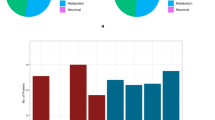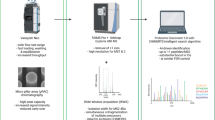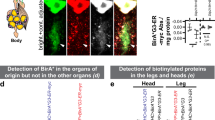Abstract
User annotation or comment interfaces are now widely used in several web sites such as journals, news, weblogs and Wikipedia. However, there are only a few biological databases with annotation interfaces. The _Ciona_ intestinalis protein database (CIPRO) was created in order to provide integrated proteome data especially for experimental biologists. The current database contains 89,673 unique sequences covering all the known and predicted gene models. Typical tasks include which gene models are reliable and which function is plausible. The human-curated annotation is most important for the meaningful database.Here we incorporate three new functions into the CIPRO2.5 database (http://cipro.ibio.jp/2.5/), providing enriched resources for the users. First, a community annotation interface as web forms and a user comment editor with rating its comment were added. Second, the web pages were specifically designed to compact for quickly understood overviews. For example, cytolocalization was automatically provided by a color-depicted cell image based on the intensity instead of the numeric values of raw data. The expression data of EST, microarray and 2D-PAGE were integrated as one chart. In addition to these data, the images of transmembrane prediction, domain and motif search, and the OMIM ortholog on the chromosome map were included in each protein page. The last, even the BLAST and PMF search were added to combined fields in the retrieval system.As a result, a total of 11,134 pages were annotated by our community. Furthermore, 2,186 comments were added to the database. Those annotated data are freely accessible at the CIPRO2.5 web site.
Similar content being viewed by others
Article PDF
Author information
Authors and Affiliations
Corresponding author
Rights and permissions
About this article
Cite this article
Ueno, K., Yonezawa, K., Mineta, K. et al. Incorporating Community Annotation Interfaces into the CIPRO2.5 Database with Comprehensible Sketches to Support Quick Annotations of Proteome Data.. Nat Prec (2010). https://doi.org/10.1038/npre.2010.5064.1
Received:
Accepted:
Published:
DOI: https://doi.org/10.1038/npre.2010.5064.1



